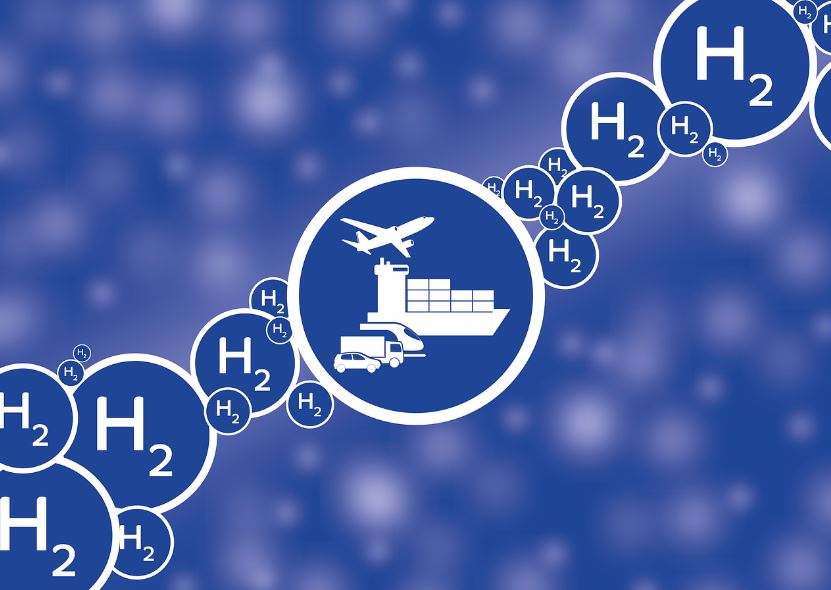As the global community intensifies efforts to combat climate change, hydrogen emerges as a promising solution to decarbonize various sectors, especially transportation.
The European Union’s ambitious Green Deal has propelled hydrogen to the forefront of sustainable energy strategies, with the maritime sector eyeing it as a pivotal future fuel.
Amidst the renewable energy transition, the Nordic region stands out as a trailblazer in hydrogen adoption. Fueled by a culture of environmental consciousness and proactive policy interventions, countries like Norway, Sweden, Denmark, and Finland have embraced hydrogen as a catalyst for achieving their ambitious renewable energy targets.
Norway’s rich history in hydrogen production dates back almost a century, spearheaded by Norsk Hydro. Bold governmental initiatives, including significant CO2 taxes and bans on fossil fuel usage, have propelled Norway’s hydrogen sector into rapid growth, setting a precedent for the entire region.
With a strong emphasis on leveraging hydrogen for maritime applications, the Nordic region is witnessing a surge in hydrogen-powered vessel projects. From passenger ferries to tugboats and container ships, the maritime industry is actively embracing hydrogen as a viable alternative to traditional fossil fuels.
The transition to hydrogen extends beyond passenger vessels, encompassing a wide array of maritime activities, including fishing, tugboat operations, and offshore supply services. With innovative projects like the MF Hydra, the world’s first liquid hydrogen passenger ferry, the Nordics are pioneering hydrogen-powered maritime solutions.
As hydrogen infrastructure and technology continue to mature, the Nordic region is strategically positioned to seamlessly integrate hydrogen into its robust shipping industry. With a growing fleet of dual-fuel ships and ongoing industry collaborations, Scandinavian nations are poised to lead the maritime sector’s green revolution.
